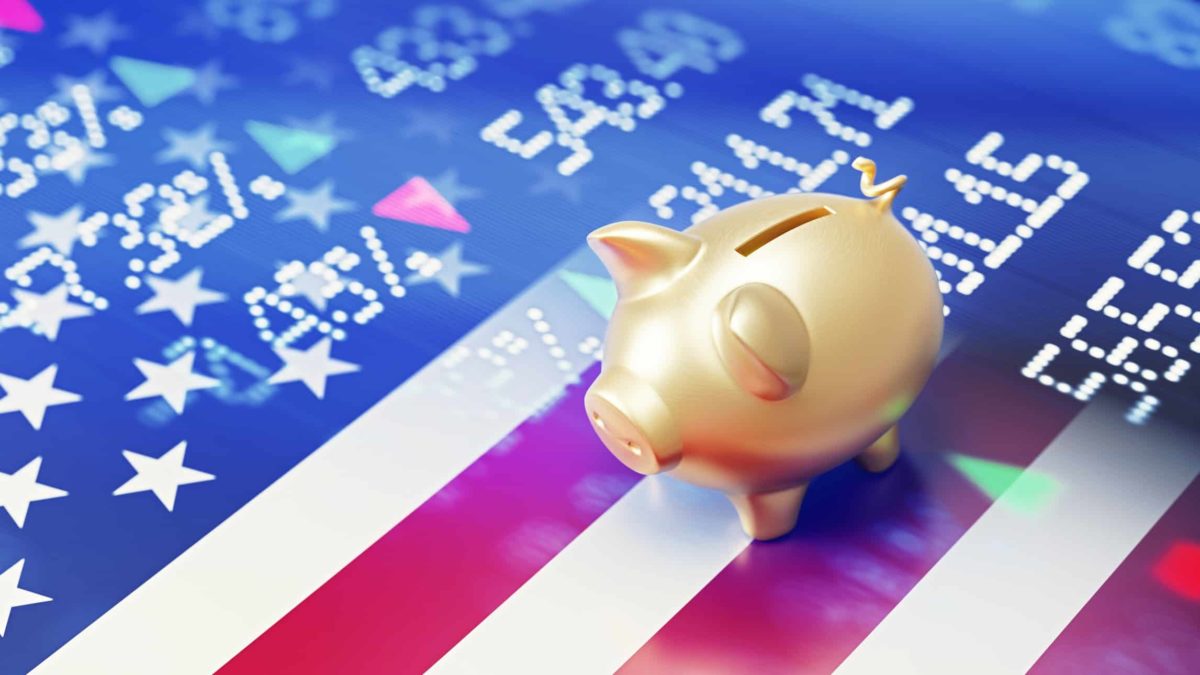Aussie investors are showing strong enthusiasm for US shares as they continue to outperform the S&P/ASX 200 Index (ASX: XJO) this year.
In the year to date, the S&P 500 Index (SP: INX) has risen by 22.6%, and the Nasdaq Composite Index (NASDAQ: IXIC) has lifted by 26%.
Meantime, the ASX 200 Index has increased by 7%. Bear in mind that this rise excludes dividend returns, which are usually about 4% to 4.5% per annum.
But will US shares continue to deliver such strong returns in the future?
Not according to top broker, Goldman Sachs.
Why is Goldman tipping a major fall in US shares returns?
Goldman Sachs says the S&P 500 has delivered an annualised nominal return of 13% to investors over the past decade. But a significant change is coming.
In a new note released this month, the broker says it expects the S&P 500 to deliver just a 3% annualised nominal return over the next 10 years.
Goldman said its new forecasts were lower than other analysts' predictions, which averaged 6% per annum over the next decade.
The broker said its forecasts included a range of outcomes from -1% to 7% returns per annum.
Goldman said the most important variable in its forecast was the starting valuation of the index — specifically, its cyclically adjusted P/E ratio (CAPE) of 38x.
David Kostin, chief US shares strategist at Goldman Sachs Research, wrote:
In theory, a high starting price, all else equal, implies a lower forward return.
A stronger relationship exists between starting valuation and forward 10-year returns compared with forward 1-year or 5-year horizons.
The current high level of equity valuations is a key reason our 10-year forward return forecast sits at the lower end of the historical distribution.
The CAPE ratio currently equals 38x, ranking at the 97th percentile since 1930.
Soaring Magnificent Seven stocks create risk
Market concentration was another factor in the broker's lower forward 10-year returns forecast.
Kostin said the S&P 500 was near its highest level of concentration in 100 years.
Today, the 10 largest stocks in the index account for more than a third of its total market capitalisation.
The top 10 US shares include the Magnificent Seven of Apple Inc, Microsoft Corp, Nvidia Corp, Amazon.com Inc, Meta Platforms Inc, Tesla Inc, and the two Alphabet Inc stocks, GOOGL and GOOG, plus Broadcom and Warren Buffett's Berkshire Hathaway B.
Kostin said that when equity market concentration is high, the index's performance is strongly dictated by the prospects of a few stocks, leading to greater volatility.
High concentration is a risk because it is very hard for companies to continue delivering outstanding earnings growth.
He said:
Our historical analyses show that it is extremely difficult for any firm to maintain high levels of sales growth and profit margins over sustained periods of time.
The same issue plagues a highly concentrated index. Furthermore, the risk embedded in high concentration markets is not always reflected in valuation.
Kostin said without the concentration factor, their baseline forecast for US shares would be about 4% higher, at 7% per year rather than 3% per year, and the range would be 3% to 11% rather than -1% to 7%.
He also said their forecasts suggested US shares "will face stiff competition from other assets during the next decade".
Our 3% annualized equity return forecast combined with a current ten-year US Treasury yield of 4% and ten-year breakeven inflation of 2.2% suggests the S&P 500 has roughly a 72% probability of trailing bonds and a 33% likelihood of lagging inflation through 2034.
Excluding concentration, the probabilities of underperforming would be 7% and 1%, respectively.
More Aussies investing in international ETFs
As we've recently reported, Australian investors are increasingly choosing to buy ASX ETFs that provide exposure to international shares.
International shares ETFs — most of which are heavily skewed to US shares — have attracted more than 56% of total cash inflows into ASX ETFs this year, according to Vanguard and ASX data.









